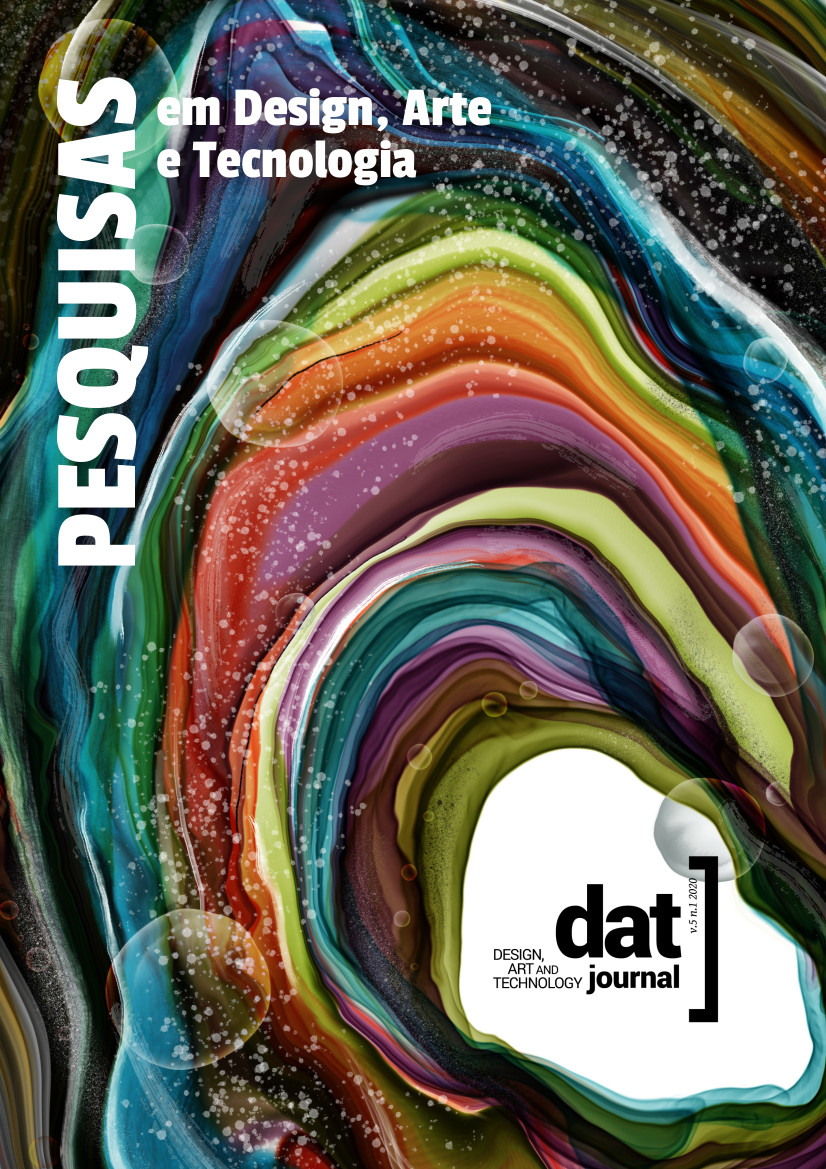Conviviality and Design: Interaction, Learning and Autonomy
DOI:
https://doi.org/10.29147/dat.v5i1.179Keywords:
Conviviality, Design, Sustainability, EducationAbstract
The article addresses the concept of conviviality created by Ivan Illich in the 1970s. That concept is still very interesting for rethinking production, consumption and education parameters in our society, as it defends that communities must be more autonomous from institutions. Authors such as Manzini and Thackara have recently brought these ideas back. Conviviality has been associated to sustainability, since it reduces the demand for material goods. It is possible to develop decentralised systems for learning and teaching, with internet and social media. And it is possible to create objects in a more autonomous way, so
that people can have an active part. This paper investigates conviviality in education and design and presents the examples of convivial learning and creation
that happened at a University Design course, and at bamboo design workshops and a clothes refashioning event.
Downloads
References
CORREIA DE MELO, J. V. A. M. ; RIPPER, J. L. M. ; YAMAKI, R. T. Form Finding Process for Bamboo Structures. In: IX World Bamboo Congress, 2012, Antwerp. The 9th World Bamboo Congress Proceedings. Antwerp, 2012.
ILLICH, I. Deschooling Society. New York: Harper & Row Publishers, 1970.
ILLICH, I. A convivencialidade. Lisboa: Publicações Europa-América, 1973.
JÉGOU, F.; MANZINI, E. Sustainable Everyday. Milão: Edizione Ambiente, 2003.
KENSKI, V. M. Educação e comunicação: interconexões e convergências. Educação Sociedade, Campinas, v. 29, n. 104, Especial, p. 647-665, oct., 2008.
MANZINI, E. Design para a inovação social e sustentabilidade: comunidades criativas, organizações colaborativas e novas redes projetuais. Rio de Janeiro: E-apers, 2008. (Cadernos do Grupo de Altos Estudos; v.1).
RIPPER, J. L. M.; Moreira, L. E. Métodos de Ensino de Design de Produtos e sua Aplicação às Estruturas da Engenharia Civil. In: COBENGE - Congresso Brasileiro de Ensino de Engenharia, 2004, Brasília: COBENGE, 2004.
ROCHA, K. M. Sistema social em Ambiente Virtual de Aprendizagem: interações possíveis. In: Reunião Anual da Associação Nacional de Pós-Graduação e Pesquisa em Educação (ANPEd): Educação e Justiça Social, 34, 2011, Natal. Anais. Natal: ANPEd, 2011.
SANTOS, M. A Natureza do Espaço: Técnica e Tempo, Razão e Emoção. 4. ed. São Paulo: Editora da Universidade de São Paulo, 2006.
THACKARA, J. In the Bubble: Designing in a Complex World. Cambridge, MA: MIT Press, 2005.


























